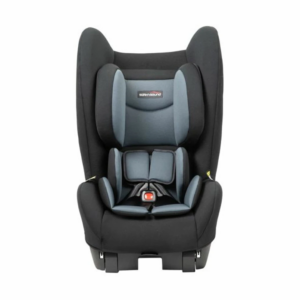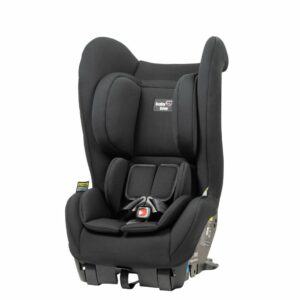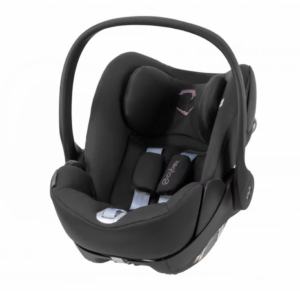The law for which type of safety restraint your little one needs to be in can vary slightly from state to state. However, the basics remain the same: Babies aged up to six months of age must be secured in a rear-facing car seat at all times - and can remain in this position up to the age of four if desired as long as their size and seat are suitable.
From the age of six months through to seven years of age, little ones can be placed within a forward-facing safety restraint as long as the appropriate harness is used. However, a child who is aged four years or older can be moved to a booster seat if safe to do so.
Once your child turns seven, they may use a normal seatbelt, but it is important to remember that the recommended minimum height for this switch is 145cm tall, and children should be kept in a booster seat until they reach this height.
In all states, if your child is not the correct size for their required safety restraint, you may legally secure them in the safest option. This means that children that do not meet minimum guidelines can be kept in a smaller seat, while those who have outgrown their suggested baby car seat prior to the designated age may be legally secured in the next size up.
As a general rule, we suggest checking these car seat laws against the guidelines set out by the manufacturer of your chosen safety restraint, and following whichever is stricter as long as your baby fits the appropriate guidelines.





